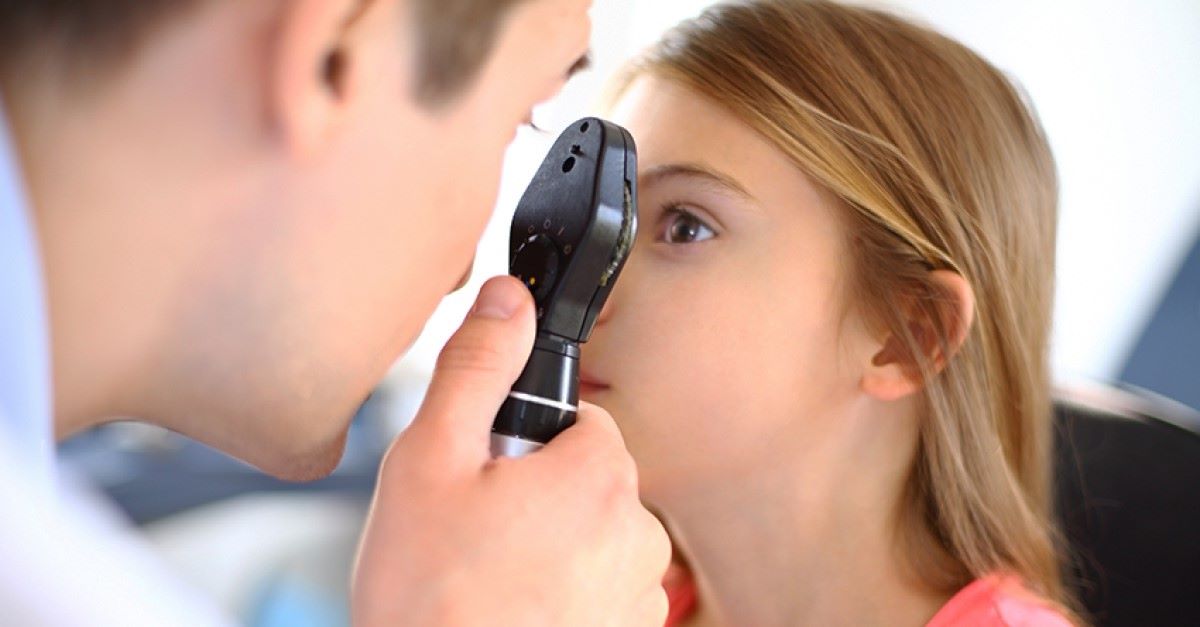
Retinitis Pigmentosa (RP) is a group of rare, inherited eye disorders that cause progressive vision loss. Affecting the retina, RP leads to a gradual decline in vision, often starting with night blindness and loss of peripheral vision. Did you know that RP can begin in childhood or later in life, and its progression varies widely among individuals? While there is no cure yet, ongoing research offers hope for future treatments. Understanding RP's symptoms, genetic factors, and available support can make a significant difference. Let's dive into 40 intriguing facts about this condition, shedding light on its impact and the strides being made in research.
Understanding Retinitis Pigmentosa
Retinitis Pigmentosa (RP) is a group of rare, genetic disorders that affect the retina's ability to respond to light. This condition leads to a gradual decline in vision, often resulting in blindness. Here are some fascinating facts about RP.
-
Genetic Basis: RP is primarily inherited. Mutations in over 50 different genes can cause this condition.
-
Progressive Vision Loss: Vision loss in RP typically starts with night blindness, followed by peripheral vision loss, and eventually central vision.
-
Rod and Cone Cells: RP affects the rod and cone cells in the retina. Rod cells are responsible for night vision, while cone cells handle color and daylight vision.
-
Early Symptoms: Initial symptoms often include difficulty seeing in low light and a narrowing field of vision.
-
Diagnosis Age: RP is usually diagnosed in childhood or adolescence, but symptoms can appear at any age.
-
Inheritance Patterns: RP can be inherited in autosomal dominant, autosomal recessive, or X-linked patterns.
-
Prevalence: Approximately 1 in 4,000 people worldwide are affected by RP.
-
Genetic Testing: Genetic testing can identify the specific mutation causing RP, which helps in understanding the inheritance pattern and potential treatments.
-
Electroretinogram (ERG): An ERG test measures the electrical responses of the retina's rod and cone cells to light, aiding in RP diagnosis.
-
Fundus Photography: This imaging technique captures detailed pictures of the retina, helping doctors monitor RP progression.
Treatment and Management
While there is no cure for RP, various treatments and management strategies can help slow its progression and improve quality of life.
-
Vitamin A: High doses of Vitamin A palmitate have been shown to slow the progression of RP in some patients.
-
Omega-3 Fatty Acids: Consuming omega-3 fatty acids, found in fish, may benefit those with RP.
-
Gene Therapy: Experimental gene therapies aim to replace or repair the faulty genes causing RP.
-
Retinal Implants: Devices like the Argus II Retinal Prosthesis System can provide partial vision to those with advanced RP.
-
Stem Cell Therapy: Research is ongoing to use stem cells to replace damaged retinal cells.
-
Light Avoidance: Wearing sunglasses and avoiding bright light can help protect the remaining vision.
-
Low Vision Aids: Tools like magnifiers, screen readers, and special glasses can assist those with RP in daily activities.
-
Orientation and Mobility Training: This training helps individuals with RP navigate their environment safely.
-
Support Groups: Joining support groups can provide emotional support and practical advice for living with RP.
-
Regular Eye Exams: Frequent check-ups with an eye specialist are crucial for monitoring RP progression.
Research and Future Directions
Ongoing research offers hope for new treatments and a better understanding of RP.
-
CRISPR Technology: Scientists are exploring CRISPR gene-editing technology to correct RP-causing mutations.
-
Optogenetics: This technique involves using light to control cells within the retina, potentially restoring some vision.
-
Artificial Intelligence: AI is being used to analyze retinal images and predict RP progression.
-
Clinical Trials: Numerous clinical trials are testing new drugs, therapies, and devices for RP.
-
Patient Registries: Registries like the My Retina Tracker Registry help researchers collect data on RP patients for future studies.
-
Animal Models: Researchers use animal models to study RP and test potential treatments.
-
Retinal Organoids: Lab-grown retinal cells, or organoids, are used to study RP and screen new drugs.
-
Neuroprotective Agents: These agents aim to protect retinal cells from degeneration in RP.
-
Anti-inflammatory Drugs: Reducing inflammation in the retina may slow RP progression.
-
Nutritional Supplements: Various supplements are being studied for their potential to support retinal health in RP patients.
Living with Retinitis Pigmentosa
Adapting to life with RP involves various strategies and support systems to maintain independence and well-being.
-
Assistive Technology: Devices like voice-activated assistants and GPS apps can help those with RP navigate daily tasks.
-
Accessible Education: Schools and universities offer resources and accommodations for students with RP.
-
Employment Support: Vocational rehabilitation services can assist individuals with RP in finding and maintaining employment.
-
Mental Health: Counseling and therapy can help manage the emotional impact of living with RP.
-
Family Support: Families play a crucial role in providing support and understanding for those with RP.
-
Adaptive Sports: Many sports have adapted versions for individuals with visual impairments, promoting physical activity and social interaction.
-
Travel Tips: Planning ahead and using travel aids can make trips more accessible for those with RP.
-
Home Modifications: Simple changes like improved lighting and tactile markers can make a home more navigable for someone with RP.
-
Community Resources: Organizations like the Foundation Fighting Blindness offer resources and support for those affected by RP.
-
Advocacy: Advocating for accessibility and awareness can help improve the lives of those with RP and promote research funding.
The Final Word on Retinitis Pigmentosa
Retinitis Pigmentosa (RP) is a complex eye condition that affects many people worldwide. Understanding its symptoms, causes, and available treatments can help those affected manage their condition better. Early diagnosis is key to slowing down the progression of RP. Genetic testing and counseling can provide valuable insights for families with a history of the disease. While there's no cure yet, ongoing research offers hope for future treatments. Staying informed and connected with support groups can make a significant difference in coping with RP. Remember, knowledge is power. By staying updated on the latest advancements and maintaining regular check-ups with an eye specialist, individuals with RP can lead fulfilling lives. Keep an eye on emerging therapies and clinical trials, as they might bring new possibilities for managing this challenging condition.
Was this page helpful?
Our commitment to delivering trustworthy and engaging content is at the heart of what we do. Each fact on our site is contributed by real users like you, bringing a wealth of diverse insights and information. To ensure the highest standards of accuracy and reliability, our dedicated editors meticulously review each submission. This process guarantees that the facts we share are not only fascinating but also credible. Trust in our commitment to quality and authenticity as you explore and learn with us.


